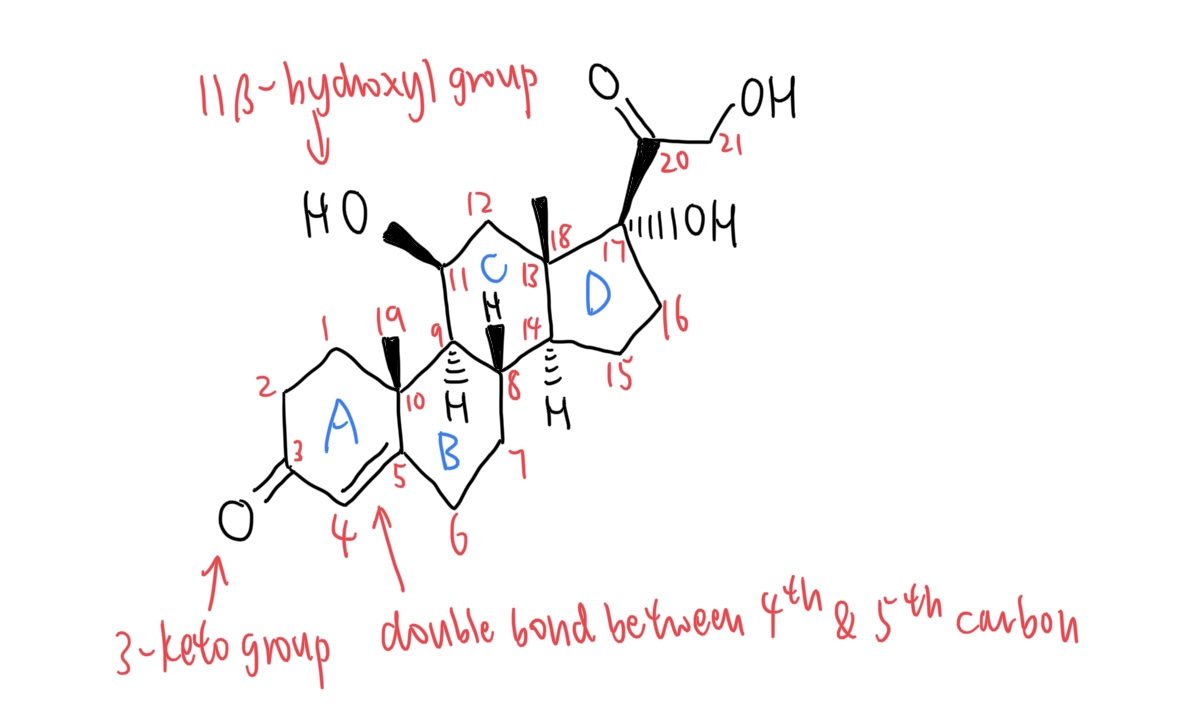| name | Hydrocortisone Ointment |
| classification | Corticosteroid Topical |
| pharmacokinetics | Hydrocortisone, when applied topically, is primarily absorbed by the skin. The extent of systemic absorption varies greatly depending on the strength, area of application, and duration of use. High potency formulations and large application areas increase systemic absorption. Hydrocortisone is metabolized primarily in the liver and excreted in the urine. |
| suggested dosage | | male patient 25 70kg | Apply a thin film of ointment to the affected area 1-4 times daily. Specific dosage guidelines depend on the severity of the condition being treated and the extent of skin involvement. Consult a physician for appropriate dosage recommendations. |
|
| indications | Hydrocortisone ointment is used to treat various inflammatory skin conditions, including: eczema, contact dermatitis, insect bites, minor skin irritations, and pruritus. It's also occasionally used for reducing inflammation related to certain skin conditions. |
| safety in pregnancy | Use of hydrocortisone ointment during pregnancy is generally considered safe if used topically as directed. However, it's essential to discuss the use with the prescribing physician, especially during the first trimester, to weigh potential risks against benefits. |
| safety in breastfeeding | Hydrocortisone ointment is generally considered safe for use during breastfeeding when applied topically as directed. However, the potential for systemic absorption of hydrocortisone and its effects on the infant should be considered and discussed with a physician. |
| side effects | | 1 | Skin irritation, such as redness, itching, burning, or dryness | | 2 | Thinning of the skin (atrophy) | | 3 | Striae (stretch marks) | | 4 | Skin discoloration | | 5 | Rarely, systemic side effects may occur if large areas of skin are treated or high potency forms are applied frequently. These systemic side effects can include Cushing syndrome, hyperglycemia, and adrenal suppression (when high concentrations are absorbed through damaged skin). |
|
| alternatives | |
| contraindications | | 1 | Known hypersensitivity to hydrocortisone or other ingredients in the preparation | | 2 | Ocular use (Hydrocortisone should not be used in the eye) |
|
| interactions | Limited interactions are anticipated when hydrocortisone ointment is used as directed. However, use with other topical medications or oral medications should be discussed with a physician to rule out potential interactions. |
| warnings and precautions | | 1 | Avoid prolonged use without consulting a physician. | | 2 | Do not use on open wounds or infected areas. | | 3 | Apply only to the affected area. | | 4 | If symptoms worsen or persist, consult your physician. | | 5 | Monitor for signs of systemic absorption especially in children, in patients with compromised skin integrity, and patients using high-potency preparations for large areas. |
|
| additional information | Hydrocortisone is a glucocorticoid with anti-inflammatory properties. Always follow the physician's instructions carefully. Do not use a larger amount or use it for a longer time than recommended. For more information, consult the prescribing physician. |

